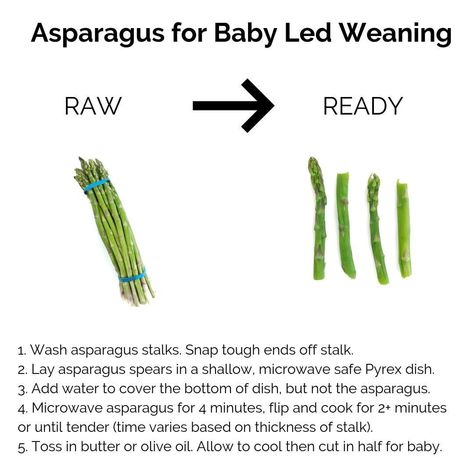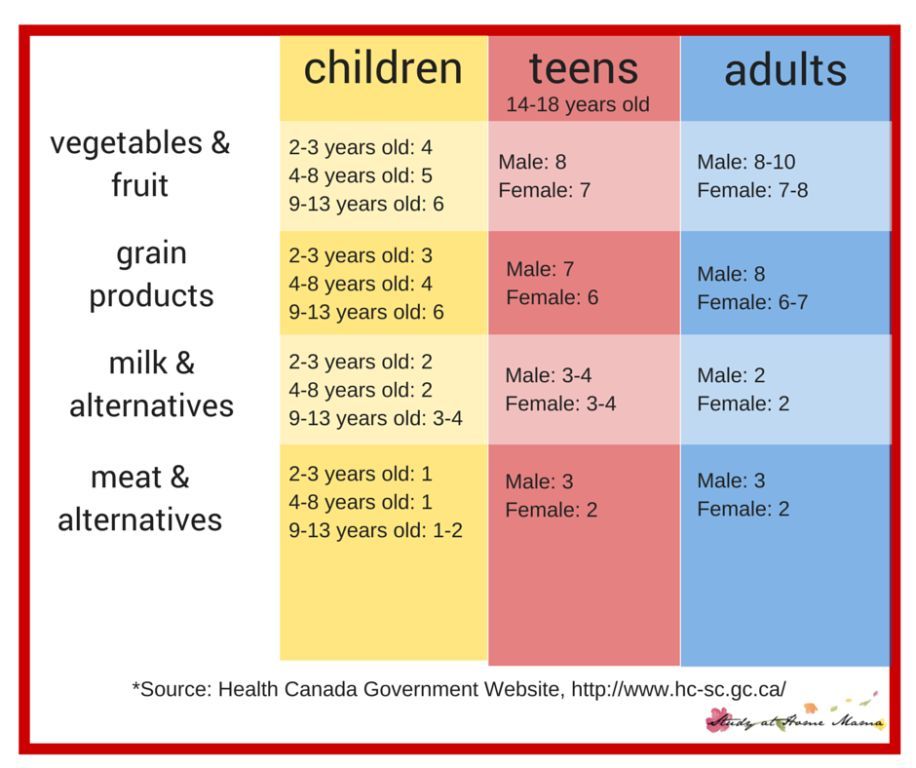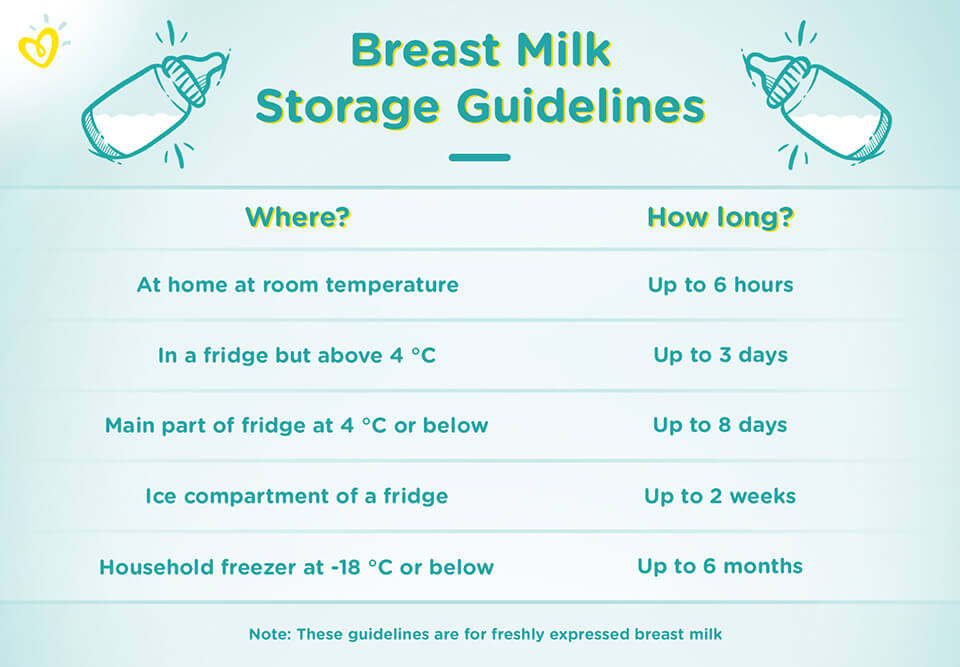Baby burps a lot after feeding
Baby Burps a Lot? Here's What to Do
Worried that your baby burps a lot, disrupting her sleep? Learn effective tips to burping your little one for smoother sleep and less fussing.
Burping is supposed to be good for the baby, you reassure yourself.
Except your little one is waking up more frequently, whether from naps or at night, because she needs to burp. Instead of the one-hour nap you were hoping for, you find yourself picking her up after 20 minutes, patting the air bubbles out or cleaning her spit ups.
Never mind that she burped many times before you’d put her to bed or laid her down for a nap. Her need to burp keeps disturbing her sleep and cutting it short. You feel like you’re holding her in an upright position forever after every feeding.
And to make it worse, she has a hard time falling back to sleep after burping, and wants to stay awake instead.
What to do when your baby burps a lot
Rest assured friend, you’re not the only one who has had a gassy baby who burps a lot and wears a bib 24/7. It’s especially hard at night when you’re already sleepy and exhausted, only to hear your baby wake up from gas. Never mind that she won’t stop burping, making you wonder what’s causing all the gas in the first place.
Often, a baby burps a lot because she took in too much air during feedings. Whether breastfeeding or bottle feeding, there’s always that chance that she sucks in excess air that then gets trapped in her body. Being so small, she needs help expelling the gas, usually through burps.
Another culprit is lying down during or right after a feeding. The breast milk or formula she ingested passes better when she’s held upright instead of flat on her back. And of course, you’ll want to speak with her pediatrician to rule out complications like an intolerance for milk or gerd.
So, what can you do when your baby burps a lot? Take a look at these tips to ease your baby’s discomfort and make life a little easier for the both of you:
1. Burp your baby during feedings
You likely burp your baby after feedings, but if he burps a lot, you might want to burp him during feedings as well.
Burp bottle-fed babies after every two to three ounces, or halfway through the bottle. For breastfed babies, burp between changing sides or positions.
More than likely, he’ll appreciate the ability to burp, or at least rest, in the middle of a feeding. His food will also have an easier time making its way to his belly when he’s held. Even holding him upright for a minute or two can help.
Free printable: Do you struggle with getting him to sleep? His wake time just might be affecting how well he sleeps or not. Join my newsletter and get One Mistake You’re Making with Your Baby’s Awake Time—at no cost to you:
2. Feed at an incline
Just as you want to hold your baby upright after feedings, so too should you keep her at an incline when you feed. You can imagine how uncomfortable you’d be if you ate your meals completely on your back.
If you bottle feed, hold her in your arms at an angle or, if she’s old enough, sit her in an infant seat.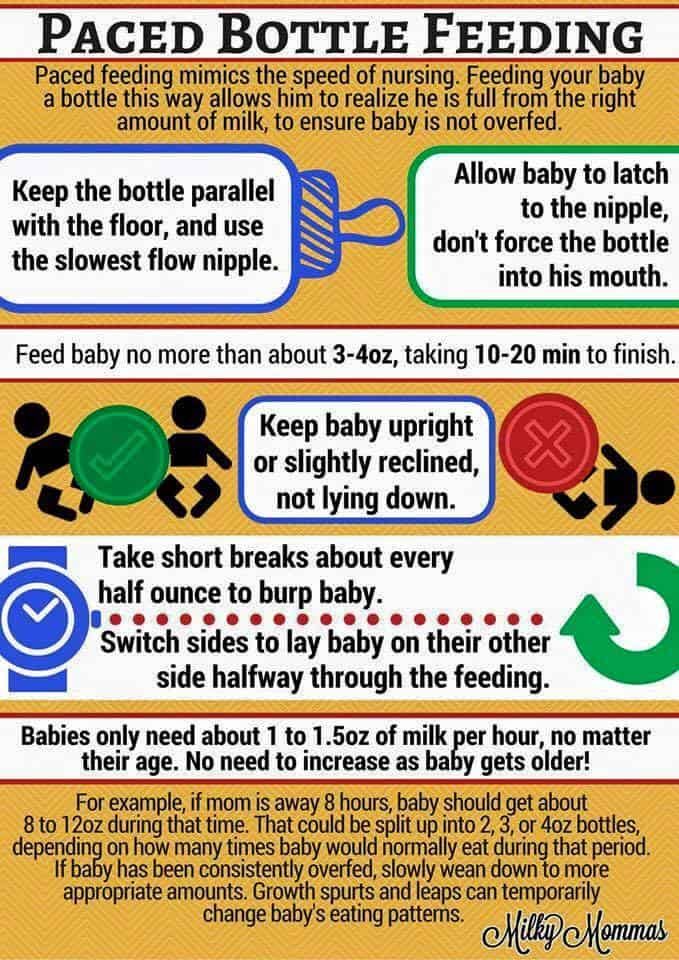 If you breastfeed, choose positions where she can still be at an incline during feedings.
If you breastfeed, choose positions where she can still be at an incline during feedings.
In either case, your baby’s head should be above her tummy.
3. Don’t put your baby down asleep
Tired of your baby waking up because he has to burp? Put him down drowsy but awake. This will ensure that whatever gas he needs to expel comes out before he has fallen asleep. You’re also helping him learn how to put himself to sleep—a habit you’ll definitely want him to have.
You can do this even during the bedtime and middle-of-the-night feedings. Prevent him from falling asleep while he eats by tickling, changing positions, talking, and burping him mid-feed. That way, he’s still slightly awake when you put him down to sleep.
Here’s what to do when your baby won’t nap unless held.
4. Feed your baby
after waking up, not to fall asleepPart of the trouble of feeding your baby to sleep is that she’s often flat on her back soon after. She also doesn’t have many opportunities to burp when she’s fast asleep after a feed. And of course, she’ll rely on feeding to fall asleep, setting her up for unsustainable sleep habits.
She also doesn’t have many opportunities to burp when she’s fast asleep after a feed. And of course, she’ll rely on feeding to fall asleep, setting her up for unsustainable sleep habits.
Instead, as much as possible, feed her after she wakes up instead of right before falling asleep. For instance, feed her after she wakes up for the day. Then, instead of feeding her before the first nap, simply put her down to sleep. You’ll then feed her after she wakes up from the nap.
The only exception would be the bedtime or middle-of-the-night feeds. You obviously wouldn’t want her to stay awake after eating when she’s supposed to be asleep. But try to keep her from falling asleep during feeds, and spend several minutes burping and holding her upright before putting her down.
Take a look at more newborn tips and tricks.
5. Try other positions or exercises
If your baby burps a lot despite your usual, and sometimes lengthy, burping sessions, try other positions or even gas exercises.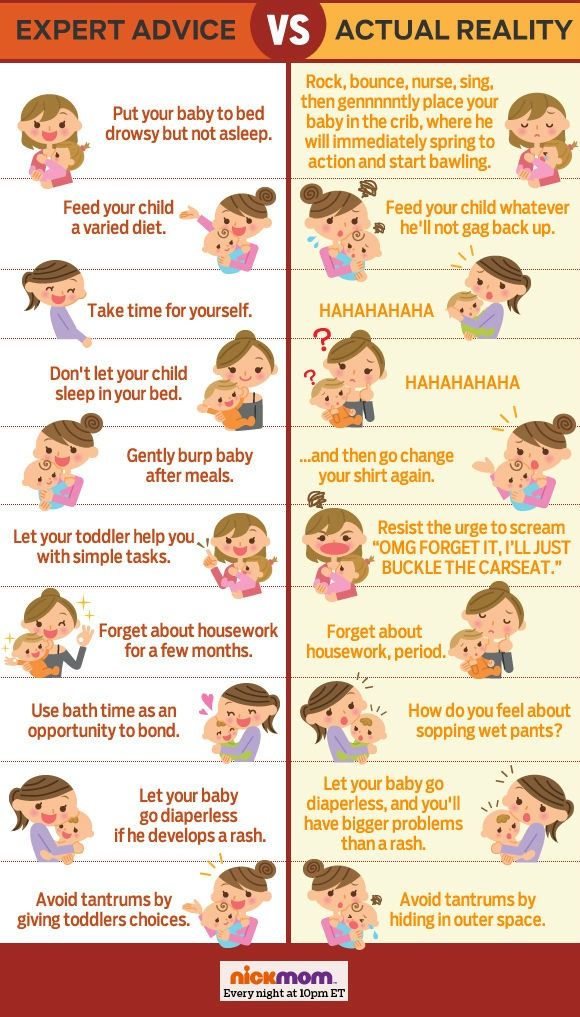
For instance, instead of holding him over the shoulder like you usually do, try bouncing him on your lap or holding him across your forearm.
If you do hold him over your shoulder, try walking around the house heavily on your feet. Many parents have said that walking up and down the stairs encourages their babies to burp with each step.
Or try gas exercises. Lay him down on his back, squeezing his opposite elbows and knees together or bicycling his legs. And try patting his back with the heel of your hand if extra pressure is needed.
Get more baby burping tricks here.
6. Give solids in the morning
Have you introduced solids to your baby? If so, try to offer the meal in the morning.
That way, she has plenty of time between eating and bedtime for the food to digest. After all, your baby’s stomach is still adjusting to new food and learning how to digest them. Feeding solids earlier in the morning will allow her to digest and pass gas throughout the day.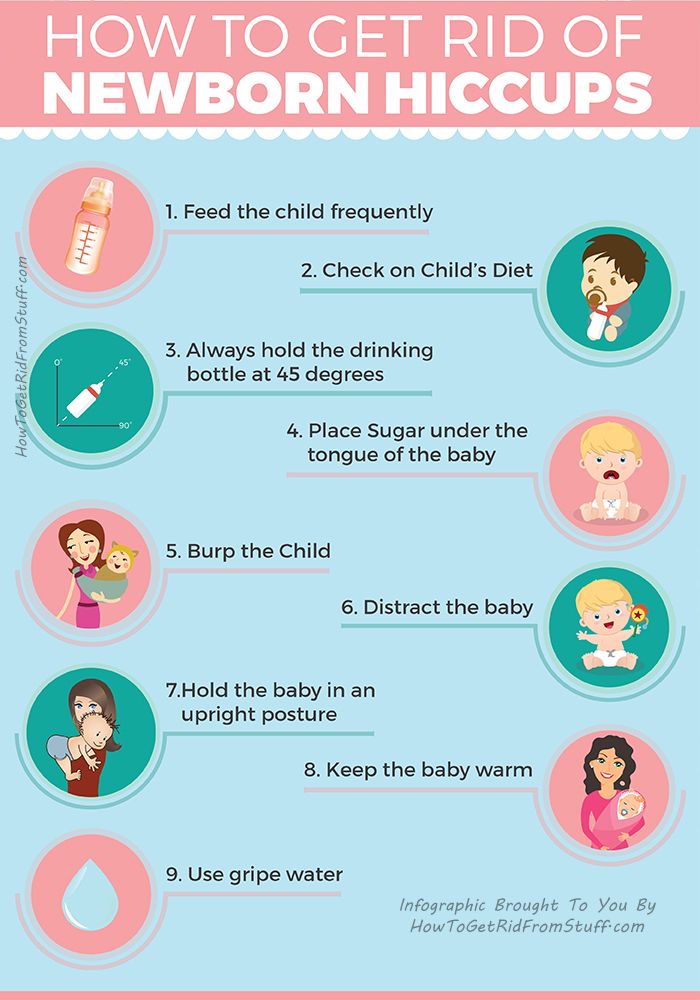
And remember to track the solids she eats as you offer them, introducing only one food at a time. That way, you can see if a particular food is causing problems.
Get tips on how to make baby food at home.
Conclusion
Dealing with a gassy baby—especially at night—can be a challenge for already-exhausted parents. Try burping your baby during feedings, making sure she’s at an incline. Avoid putting her down asleep, and instead feed her after she wakes up, not before naps.
Experiment with different burping positions and exercises to get gas bubbles up and out. And if she’s already eating solids, offer food early in the morning.
Now burping your baby doesn’t have to be an endless ordeal, nor will she cut her naps and sleep short because of a lingering burp.
Get more tips:
- How to Burp a Baby That Is Hard to Burp
- 5 Useful Tips for New Dads in the Newborn Stage
- How to Burp a Sleeping Baby
- When Can You Stop Burping a Baby?
- Is Burping a Newborn After Breastfeeding Necessary?
Don’t forget: Join my newsletter and get One Mistake You’re Making with Your Baby’s Awake Time:
Burping Your Baby (for Parents)
Reviewed by: Madhu Desiraju, MD
Primary Care Pediatrics at Nemours Children's Health
en español Hacer eructar a su bebé
An important part of feeding a baby is burping. Burping helps to get rid of some of the air that babies tend to swallow during feeding. Not being burped often and swallowing too much air can make a baby spit up, or seem cranky or gassy.
Burping helps to get rid of some of the air that babies tend to swallow during feeding. Not being burped often and swallowing too much air can make a baby spit up, or seem cranky or gassy.
How to Burp Your Baby
When burping your baby, repeated gentle patting on your baby's back should do the trick. Cup your hand while patting — this is gentler on the baby than a flat palm.
To prevent messy cleanups when your baby spits up or has a "wet burp," you might want to place a towel or bib under your baby's chin or on your shoulder.
Try different positions for burping that are comfortable for you and your baby. Many parents use one of these three methods:
- Sit upright and hold your baby against your chest. Your baby's chin should rest on your shoulder as you support the baby with one hand. With the other hand, gently pat your baby's back. Sitting in a rocking chair and gently rocking with your baby while you do this may also help.
- Hold your baby sitting up, in your lap or across your knee.
 Support your baby's chest and head with one hand by cradling your baby's chin in the palm of your hand. Rest the heel of your hand on your baby's chest, but be careful to grip your baby's chin, not the throat. Use the other hand to pat your baby's back.
Support your baby's chest and head with one hand by cradling your baby's chin in the palm of your hand. Rest the heel of your hand on your baby's chest, but be careful to grip your baby's chin, not the throat. Use the other hand to pat your baby's back. - Lay your baby on your lap on his or her belly. Support your baby's head and make sure it's higher than their chest. Gently pat your baby's back.
If your baby seems fussy while feeding, stop the session, burp your baby, and then begin feeding again. Try burping your baby every 2 to 3 ounces (60 to 90 milliliters) if you bottle-feed and each time you switch breasts if you breastfeed.
Try burping your baby every ounce during bottle-feeding or every 5 minutes during breastfeeding if your baby:
- tends to be gassy
- spits a lot
- has gastroesophageal reflux (GER)
- seems fussy during feeding
If your baby doesn't burp after a few minutes, change the baby's position and try burping for another few minutes before feeding again. Always burp your baby when feeding time is over.
Always burp your baby when feeding time is over.
To help prevent the milk from coming back up, keep your baby upright after feeding for 10 to 15 minutes, or longer if your baby spits up or has GERD. But don't worry if your baby spits sometimes. It's probably more unpleasant for you than it is for your baby.
Sometimes your baby may awaken because of gas. Picking your little one up to burp might put them back to sleep. As your baby gets older, don't worry if your child doesn't burp during or after every feeding. Usually, it means that your baby has learned to eat without swallowing too much air.
Babies with colic (3 or more hours a day of continued crying) might have gas from swallowing too much air during crying spells, which can make the baby even more uncomfortable. Check with your pediatrician before giving your baby anti-gas drops.
Reviewed by: Madhu Desiraju, MD
Date reviewed: June 2022
Why does the baby spit up after feeding?
search support iconSearch Keywords
Regurgitation is a common condition in newborns and infants and is most often a normal variant. However, it is not uncommon for parents to worry if their baby is spitting up frequently, believing that it is due to nutritional or health problems in general. Sometimes these fears are not unfounded, and regurgitation really has a pathological origin. What is its cause and when should you really consult a doctor about this? nine0003
However, it is not uncommon for parents to worry if their baby is spitting up frequently, believing that it is due to nutritional or health problems in general. Sometimes these fears are not unfounded, and regurgitation really has a pathological origin. What is its cause and when should you really consult a doctor about this? nine0003
Regurgitation - Return of a small amount of food (uncurdled or partially curdled milk) from the stomach up the digestive tract: into the esophagus and further into the oral cavity. According to statistics, at least 1 time during the day can spit up at least 50% of babies from 0 to 3 months, more than 60% of children 3-4 months, and 5% of children spit up until the year 1 .
Regurgitation in newborns is considered a physiological process. It is caused by a number of factors, including:
- Features of the structure of the upper digestive tract in babies
- In newborns and infants up to a year of age, the stomach has a spherical shape.
 It holds a small amount of food, besides, the release from it into the duodenum is slower in comparison with children after the year 2 .
It holds a small amount of food, besides, the release from it into the duodenum is slower in comparison with children after the year 2 . - Weakness of the lower esophageal sphincter that separates the esophagus from the stomach
- Normally, the lower esophageal sphincter should tightly "close" the esophagus, allowing food to pass into the stomach and not allowing it to enter back into the upper digestive tract. However, in young children (up to a year), the muscles of the esophageal sphincter are poorly developed, and it does not do its job very well 2 .
- Slow movement of food through the gastrointestinal tract
- The neuromuscular system of newborns is immature. It does not ensure the proper movement of food through the esophagus, causing regurgitation.
One of the important risk factors contributing to regurgitation in newborns is aerophagia. This is the swallowing of large amounts of air during feedings.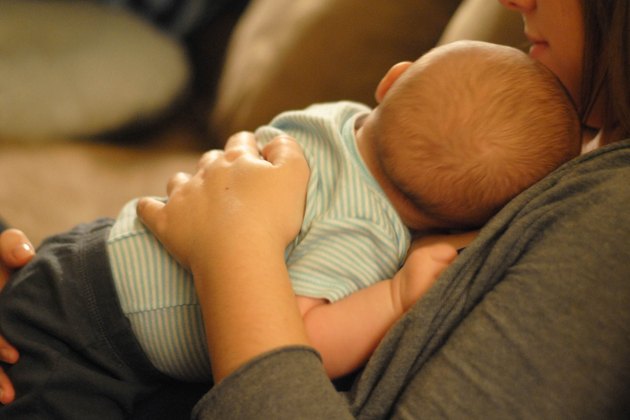 This happens when the baby is not properly attached to the breast, the mother has a lack of breast milk, or the bottle is in the wrong position in the child who receives the mixture. The size of the opening in the nipple also matters - if it is too large, the newborn swallows a lot of air 3 .
This happens when the baby is not properly attached to the breast, the mother has a lack of breast milk, or the bottle is in the wrong position in the child who receives the mixture. The size of the opening in the nipple also matters - if it is too large, the newborn swallows a lot of air 3 .
With aerophagia, the baby becomes capricious, restless immediately after feeding. Noticeable bloating. If the baby spits up immediately after a feed, the milk (or formula) remains practically fresh, uncurdled 3 .
Promotes regurgitation after feeding and a predominantly horizontal position of the baby during the day, combined with relatively high intra-abdominal pressure 4 . Therefore, the correct position of the baby after feeding is so important. To avoid regurgitation of an excessive amount of stomach contents, after feeding, it is necessary to hold the baby in an upright “column” position for some time (10-20 minutes), lightly patting on the back and allowing excess air to “exit”. nine0003
nine0003
Regurgitation in many newborns can be provoked by other situations in which pressure in the abdominal cavity increases and stomach contents are thrown into the esophagus, in particular 3 :
- tight swaddling;
- stool disorders, in particular constipation;
- long, forced cry and some others.
Want to avoid common feeding problems? nine0069
Start with a baby bottle with an anti-colic system that helps you avoid common feeding problems such as colic, gas and spitting up*
How can you tell the difference between normal spitting up and vomiting?
Sometimes regurgitation is considered a manifestation of disorders in the digestive tract of children. Due to the constant reflux of acidic stomach contents into the upper sections, inflammation and other complications may develop, including growth retardation, a decrease in hemoglobin levels, and others. Therefore, it is important for parents to understand where the line is between physiological and pathological regurgitation 1 .
Therefore, it is important for parents to understand where the line is between physiological and pathological regurgitation 1 .
If the mother is worried that her baby is spitting up, keep track of when this happens and count the total number of spit ups per day. Normally, regurgitation usually occurs after eating (the child burps after each feeding), lasts no more than 20 seconds and repeats no more than 20-30 times a day. With pathology, the problem manifests itself at any time of the day, regardless of when the baby was fed. Their number can reach 50 per day, and sometimes more 1 .
The amount of discharge during regurgitation also matters. With normal, physiological regurgitation, it is approximately 5 - 30 ml. If this volume fluctuates between 50 and 100 ml, it is already defined as profuse vomiting. When the range of the jet of vomit is up to 50 cm, doctors talk about "vomiting a fountain." A variant of atonic vomiting is possible, when the contents of the stomach flow "sluggishly". It occurs with atony of the stomach (decrease in muscle tone of the stomach wall) and disruption of the esophagus 1 .
It occurs with atony of the stomach (decrease in muscle tone of the stomach wall) and disruption of the esophagus 1 .
Vomiting in babies is a warning sign. Doctors are especially alarmed by repeated vomiting, a fountain, with an admixture of bile, in combination with constipation. Vomiting can lead to the development of dehydration, acid-base imbalance and other consequences, therefore, if it occurs, you should urgently contact a pediatrician to find out the cause and begin treatment. A doctor's consultation is necessary if the child is spitting up a lot (more than 15-30 ml at a time), with a frequency of more than 50 episodes per day 1.3 .
Physiological regurgitation: symptoms
Regurgitation in newborns, which is considered a normal variant and does not cause concern to pediatricians 3 :
- usually continues for a certain period of time;
- is characterized by slow, "passive" leakage; if the baby spits up a fountain, it is better to consult a doctor;
- has a sour smell of curdled milk;
- occurs without the participation of muscles - the baby does not strain during regurgitation;
- does not affect the general well-being of the baby.
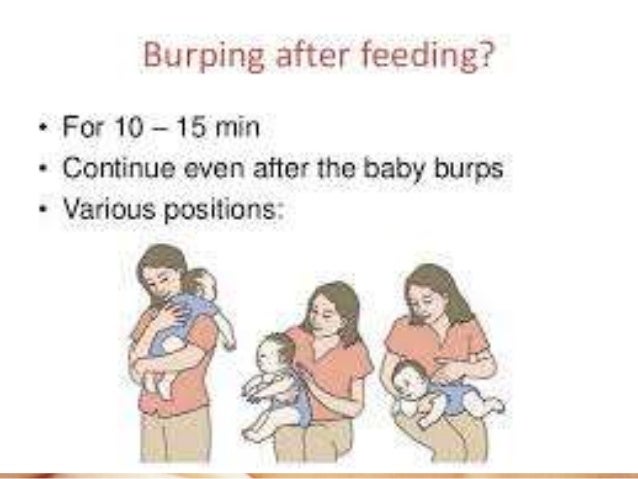
How to help a newborn who spit up often?
If the baby is healthy, no medication is prescribed for spitting up. To help the child allow simple measures based on lifestyle changes and feeding.
- Frequent feeding of the baby
It is known that the baby is more prone to spit up if his stomach is full. To improve the situation, it is recommended to feed the baby more often, avoiding oversaturation, best of all - on demand 5 .
- Correct feeding technique
Every feeding, the mother must ensure that the baby does not swallow too much air during suckling. When sucking, there should be no loud, smacking, clicking sounds. You also need to control that the baby captures the nipple along with the areola.
- Choosing the right bottle and nipple
If the newborn is bottle-fed and receiving formula, it is important to choose the right bottle and nipple. The hole in it should be such that the milk flows out in drops, and not in a stream. The nipple must not be filled with air
The hole in it should be such that the milk flows out in drops, and not in a stream. The nipple must not be filled with air New Anti-colic bottle with AirFree valve
The AirFree valve prevents air from entering the baby's stomach.
- Baby standing upright after eating
To allow air that has entered the digestive tract during meals to escape, it is important to keep the newborn upright for 10-20 minutes after feeding 4 .
- Ensure the correct position of the baby during sleep
To reduce the negative impact of the acidic contents of the stomach on the esophagus, it is necessary to put the baby to sleep in the supine position. The side or prone position, which many pediatricians used to recommend, is no longer recommended. It was found to be associated with an increased risk of sudden infant death syndrome 5 .
If parents notice alarming symptoms, such as spitting up too often or large volume, etc.
 , it is important to consult a pediatrician without delay. This will allow you to identify the real problem in time and help the baby grow up healthy and happy. nine0003
, it is important to consult a pediatrician without delay. This will allow you to identify the real problem in time and help the baby grow up healthy and happy. nine0003
References1 Zakharova I. N., Andryukhina E. N. Regurgitation and vomiting syndrome in young children // Pediatric pharmacology, 2010. V. 7. No. 4.
Nagornaya 2900 V., Limarenko M. P., Logvinenko N. G. Experience in the use of domperidone in suspension in young children with regurgitation syndrome // Child Health, 2013. No. 5 (48).
3 Zakharova IN Regurgitation and vomiting in children: what to do? //Pediatrics. Supplement to Consilium Medicum, 2009. No. 3. S. 58-67.
4 Zakharova I. N., Sugyan N. G., Pykov M. I. Regurgitation syndrome in young children: diagnosis and correction // Effective pharmacotherapy, 2014. No. 3. P. 18-28.
5 Vandenplas Y. et al. Pediatric gastroesophageal reflux clinical practice guidelines: joint recommendations of the North American Society for Pediatric Gastroenterology, Hepatology, and Nutrition (NASPGHAN) and the European Society for Pediatric Gastroenterology, Hepatology, and Nutrition (ESPGHAN) //Journal of pediatric gastroenterology and nutrition.
 2009; 49(4): 498-547.
2009; 49(4): 498-547. You are leaving the Philips Healthcare (“Philips”) official website. Any links to third party websites that may be included on this site are provided solely as a convenience to you. Philips makes no warranties regarding any third party websites or the information they contain.
I understand
You are about to visit a Philips global content page
Continue
You are about to visit the Philips USA website. nine0003
I understand
Why does the baby spit up after breastfeeding?
Every mother has experienced this phenomenon to some extent - this is completely normal, because in the first months the baby's eating habits are just beginning to form. What are the causes of regurgitation? Can this be prevented? What is considered normal, and when should you see a doctor? Let's find out!
Dry initial milk formula adapted by Valio Baby 1 NutriValio for feeding children from birth to 6 months Read more
Follow-up dry milk formula adapted by Valio Baby 2 NutriValio for feeding children from 6 to 12 months More
Dry milk drink "Baby milk" Valio Baby 3 NutriValio for feeding children over 12 months Read more
Root causesOften the cause of regurgitation depends on the chosen method of feeding: whether the mother is putting the baby to the breast or feeding from a bottle.
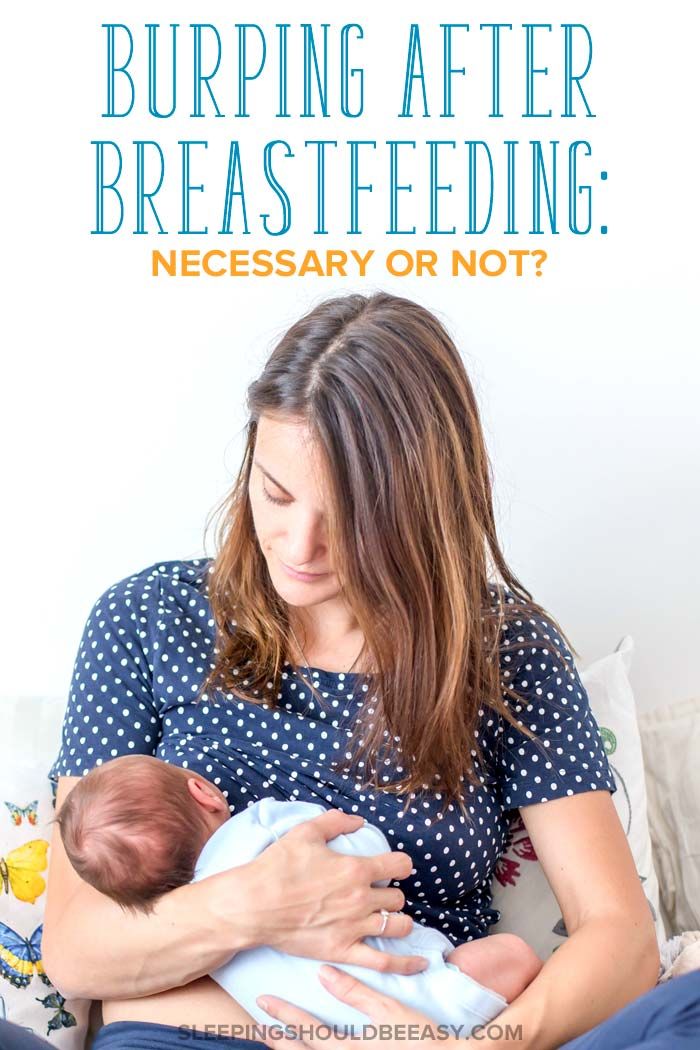 nine0003 When breastfeeding:
nine0003 When breastfeeding: - Overfeeding the baby. If the baby eats too much, then the excess milk comes out naturally.
- Incorrect breastfeeding technique, as a result of which a large amount of air enters the baby's stomach along with milk. Try to hold the baby so that he completely grasps the nipple and at the same time can breathe freely through his nose.
- Features of the digestive system of children at an early age. In infants up to a year old, the muscles of the esophagus are not yet fully formed, so regurgitation is often a natural process. nine0017
- An abrupt change in the position of the child. After feeding, do not turn the baby over, squeeze, swaddle or swing in the stroller.
- Intestinal disorders such as bloating, colic and other causes that interfere with normal digestion.
- In rare cases, serious diseases of the digestive system.
Note that regurgitation is more often observed not in newborns, but in children aged about 4 months.
Formula-fed:
- Abrupt transition from breast milk to formula.
- Inappropriate size and opening of the nipple, causing the baby to draw in a lot of air.
- Tendency to overeat. You should follow the rules of nutrition for babies.
- Inappropriate milk formula. Perhaps the child simply does not tolerate it well, consult a doctor about changing baby food.
Valio Baby's adapted milk formulas are as close as possible in composition to breast milk and contain prebiotics, as well as vitamins and microelements necessary for intestinal health. All components of Valio Baby are natural. A balanced composition allows you to maintain the level of cholesterol in the child's body at an optimal level. The mixtures are designed for three age categories, taking into account the peculiarities of the development of babies in a given period:
- from the first days of life to six months;
- for babies from six months to 1 year;
- and for children over 1 year old.

If the baby is lying on his back and starts spitting up, immediately roll him over on his stomach, or pick him up - this will prevent food from entering the respiratory tract.
If your baby seems to be uncomfortable while feeding, or if he comes off the breast and starts crying, let him burp. This can be done in two ways:
- Place a washcloth over your shoulder to keep it clean. Hold the baby on your chest so that his chin rests on your shoulder. Gently stroke or pat your hand on his back.
- Place the cloth on your lap. Turn the baby over on the tummy and position it perpendicular to your body. Support your chin with one hand and pat or rub your back with the other. Please note that the child's head should be higher than other parts of the body so that blood does not rush to it and food does not reflux into the respiratory tract. nine0017
As a rule, spitting up 6-8 times a day (in small portions) does not pose a health risk.
 Over time, when the baby's muscles get stronger, he will better absorb food. Most children stop spitting up after 6-7 months, but in some situations this problem persists up to one year.
Over time, when the baby's muscles get stronger, he will better absorb food. Most children stop spitting up after 6-7 months, but in some situations this problem persists up to one year. If the spitting up is persistent and strong, prevents weight gain, the child cries after this process, then you should consult a doctor. Such symptoms may indicate that the baby has irritated walls of the esophagus. nine0003
Call a doctor immediately if your child is vomiting violently and profusely. This may indicate either the presence of food poisoning, or a disease associated with deformation of the internal organs.
If an infant vomits with greenish bile, this may be a sign of intestinal blockage, which requires urgent hospitalization and possibly even emergency surgery.
Prevention
If your newborn is spitting up a lot after a feed, follow these guidelines:
- Do not feed your baby while squatting or in a car seat as milk or formula may not reach the stomach.

- Create a calm atmosphere. Keep noise and other distractions to a minimum. If the baby is distracted and disturbed by something, there is an increased risk that he will swallow large amounts of air with formula or breast milk. For the same reason, do not let the baby be very hungry.
- Make sure that nothing is pressing on the baby's tummy. Make sure his clothes and diaper are not too tight. nine0017
- Avoid driving immediately after feeding.
- Hold the baby for about 30 minutes. upright after eating.
- When breastfeeding, make sure that the baby is properly latching onto the breast (his lips should cover not only the nipple, but also the areola, as far as possible).
- If you are feeding formula or bottled milk, make sure the opening of the nipple is not too small as this can prevent the baby from drinking and cause air to be swallowed. The hole should not be too large, so that the child does not choke. nine0017
- Do not overfeed your baby.
Try feeding him less milk or formula. Watch the reaction. The baby may agree to drink a smaller volume at a time, however, will want to eat more often.
If regurgitation occurs frequently, after each feeding, consult your physician.
4.64 14
Power supplyShare:
print
Author: Reetta Tikanmäki
Palm oil in baby food
Infant milk formulas are made from cow's milk. However, in terms of fat composition, it differs significantly from that of the mother.





